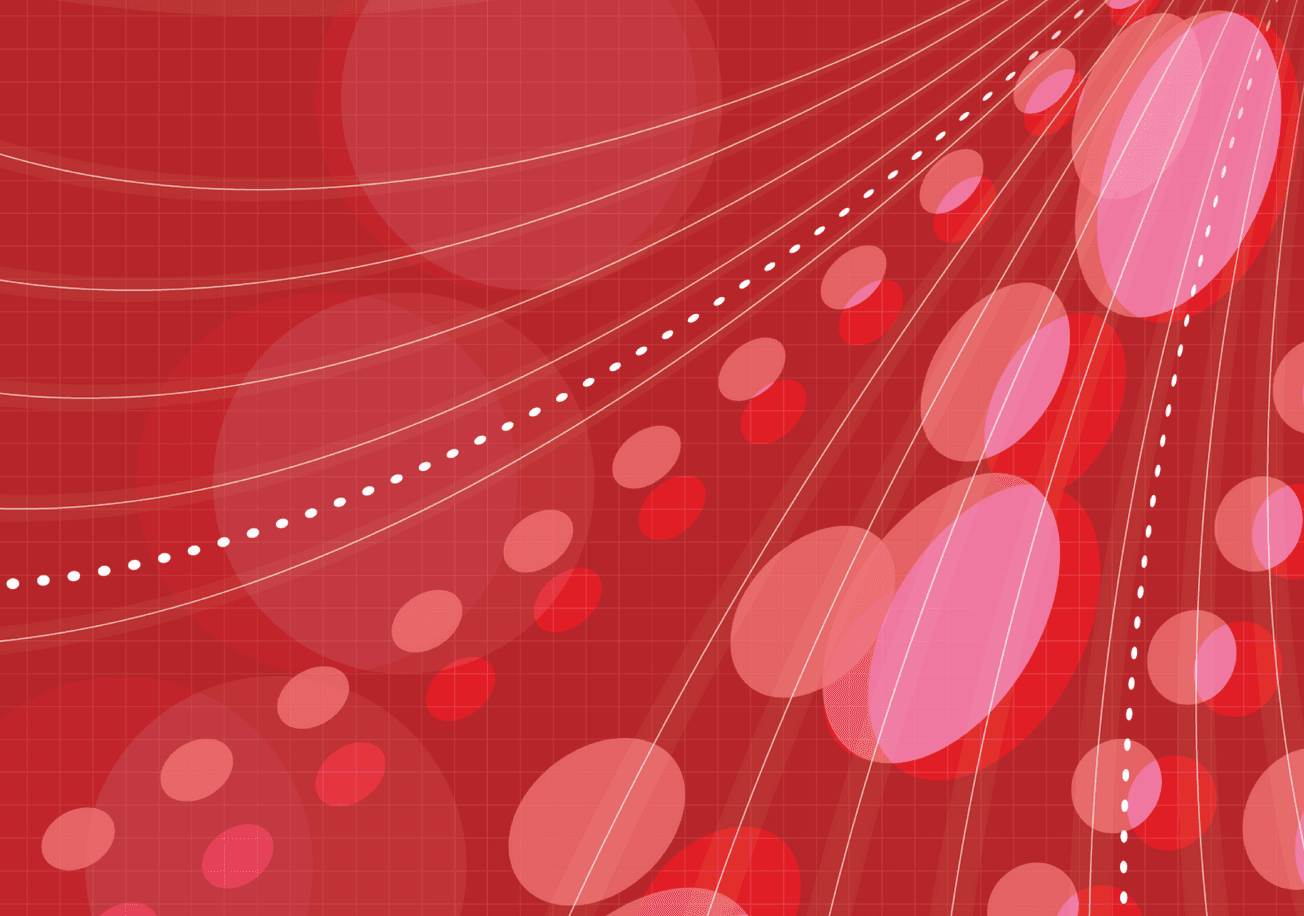Executive Summary
In the first part of this study, we show that providing a larger variety of work settings in a workplace can improve recruitment. In part 2, we extend this line of thinking to understand how this variety might also impact employee productivity and job satisfaction, which are closely associated with employee retention. Using the results of an extensive survey of almost 1,000 credit union employees across the U.S. fielded before the outbreak of the COVID-19 pandemic, we describe the effects of workplace design on employees and discuss its relevance in light of subsequent shifts in workplace use due to COVID-19.
What is the research about?
Workplace design enables credit unions to deliver exceptional value to members in many ways. This report examines how it can do so by enhancing employee retention. Extending the findings in the first part of this study, it examines whether there is a relationship between variety of work settings and perception of workplace quality among current credit union employees. It identifies components that can indicate quality as well as contribute to job satisfaction (a reliable predictor of employee retention) and investigates the effects of variety of work settings on each of them. These components are employee productivity, workplace enjoyability, sense of community, and workplace pride.
Since employees must engage in different types of activities to perform their job duties, a workplace design that provides flexible spaces for each activity can enhance employee productivity and make task execution enjoyable, while creating opportunities for interactions that lead to a sense of community and pride in the workplace.
As the future of work changes, credit unions can adapt by making sure the corporate workplace provides multiple types of spaces that support work activities that are more challenging to execute at home.
The COVID-19 pandemic has prompted many credit unions to reevaluate their investments in physical workspaces. Many have adopted a hybrid model of remote and traditional work with some success, bringing the necessity for dedicated physical work environments into question. This research was executed before the outbreak of the COVID-19 pandemic, but the study’s results show that a dedicated workplace environment can be a critical resource for credit unions in the war for talent.
For example, certain types of work activities lend themselves to virtual and remote work, while others rely on in-person interaction and collaboration. Also, some employee homes may not have adequate privacy or the square footage necessary to accommodate certain tasks. It is similarly difficult to create a sense of community or generate workplace pride without physical proximity and unplanned interactions in a workplace design that supports them. Even as credit unions experiment with other working arrangements, to the extent that these indicators contribute to employee retention through job satisfaction, workplace design can still be integral to talent retention.
What are the credit union implications?
At a time when credit union leaders are reevaluating their space requirements and workplace design elements, this study serves to highlight how, beyond providing a place for task work, the design and layout of physical workspaces can contribute to staff satisfaction and retention. As you assess your corporate workplace needs in the wake of the COVID-19 pandemic, expand your calculus to incorporate the ways that workspaces can help you win the war for talent:
- Workplace variety is a design factor associated with higher employee satisfaction. As the “open office” concept becomes a waning trend, the modular office supported by other spaces that allow for collaboration and group problem solving may be worthy of consideration.
- The relationship between workspace design and employee satisfaction is complex. It is important to recognize that while each employee has slightly different preferences, using surveys can help you spot trends within your organization. In the case of workspace variety, we found that one-third of the surveyed employees thought this characteristic was important. However, those that had this preference tended to be less satisfied with their current workspace. While you are unlikely to find unanimity among employees regarding workspace design, we advise credit union leaders to use a data-driven approach to identify the significant factors that will best inform workspace design decisions.
- While many employees appreciate the benefits of working remotely, they also value having a variety of workspaces available to them. This variety is likely very limited while working from home. As the future of work changes, credit unions can adapt by making sure the corporate workplace provides multiple types of spaces that support work activities that are more challenging to execute at home: client meetings, large group meetings, small group collaborative problem solving, and so on.
- Reduce assigned workspaces, and instead utilize unassigned, single-user workspaces designed to be flexible and configurable to accommodate two to four people when needed. This can still be achieved in a small footprint.














